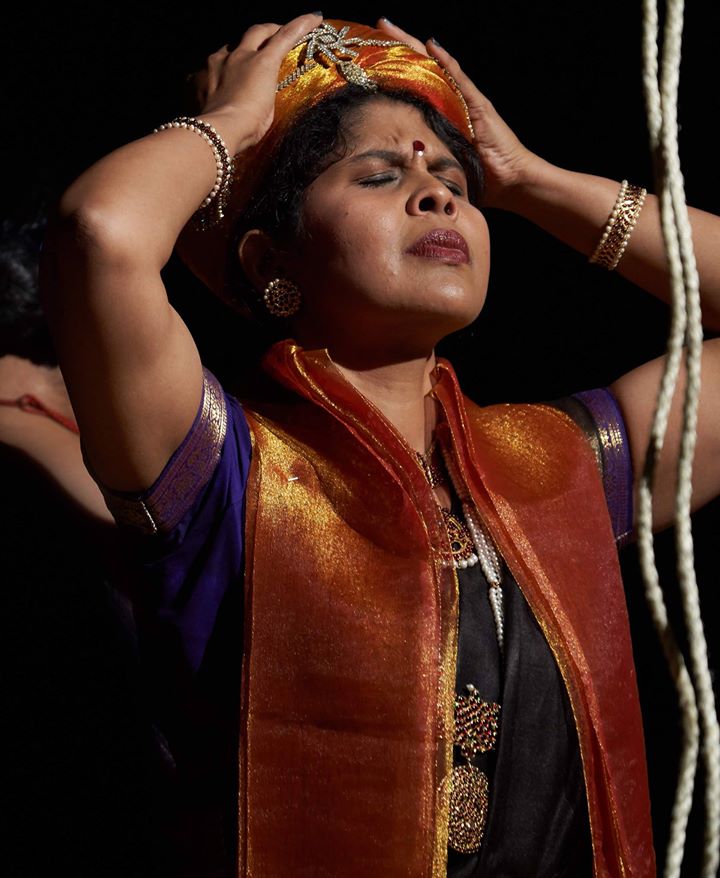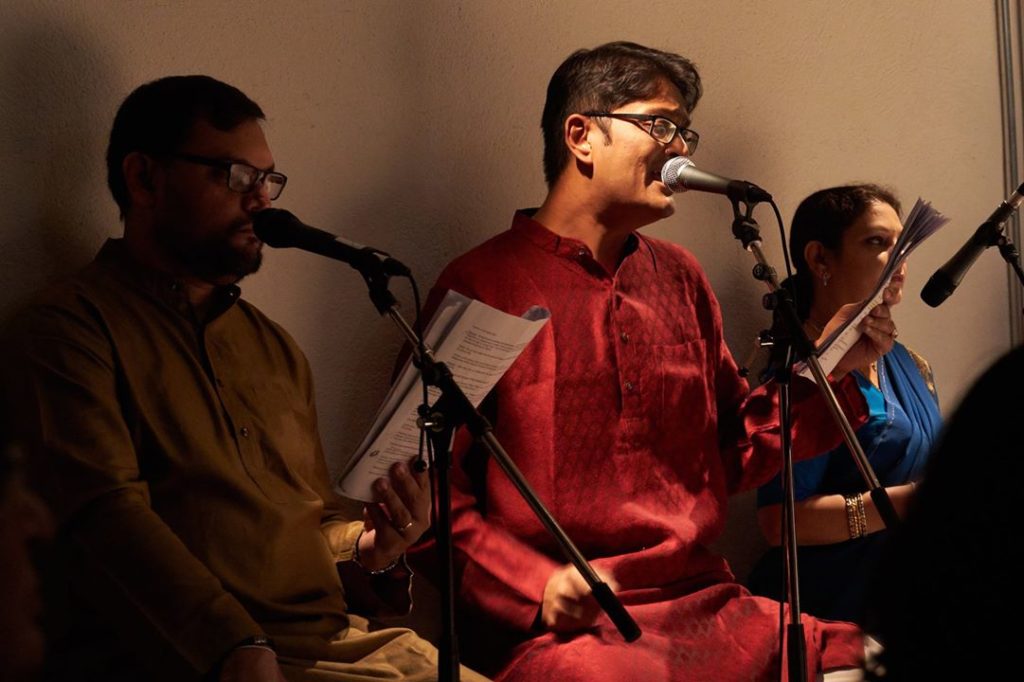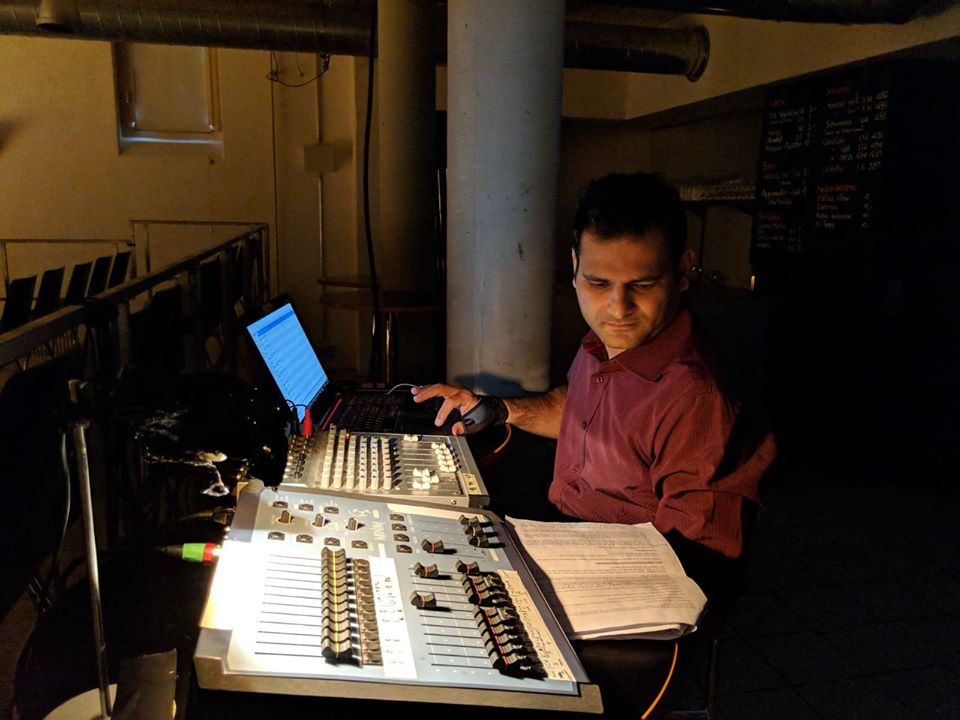
The idea of presenting regional stories in dance theatre format happened sometime towards the end of last year during a brainstorming session (yes, I like to use jargon). Tagore’s work for the first Baithak was a unanimous choice.
Chandalika and Chitrangada were easy decisions – Chandalika was about ethics, right and wrong – an issue people love to have a take on. It had a negative protagonist and it had an intensity that would keep you glued to your seat. Chitrangada was about a modern day heroine in a mythological story, gender sensitivity and body shaming namely present-day issues. The third story, however, kept eluding us till March this year. I chanced upon Tota Kahini and just knew I had to do it. It is one and a half page of brilliant writing. While Tagore wrote the story as a critique of the education system introduced by the British, it is written in a very broad sense. It can apply to any system and that too in this day and date.
Every person who fought for Indian Independence had a different approach be it Gandhi, Tilak (my favourite) or Tagore. What they all had in common though was a very deep understanding of social issues and a sense of responsibility to change things around them. Tagore chose to do that through his artistic works.
I have often wondered why so many of my fellow Indians do not show pride in their own country and culture, why dance was considered taboo for so many years(till date in some parts of India). I found the answers while reading Tagore’s works. The British considered Indian dance and music non-Victorian and the artists to be nautch girls and prostitutes. An entire generation of Indians grew up considering their own art taboo and their culture inferior! Tagore wrote dance dramas as a protest because he looked at the spiritual aspect Indian art presented – Chitrangada and Chandalika are two of his dance dramas.
Whenever one presents the work of an author/playwright one needs to understand why they chose to write it the way they did. Then comes your take on it be it relating it to the present day (if it is an old work) or how you choose to present the story/scenes and in this case how to link the three stories. Adding an element of dance to it changes the entire equation. You need to do justice to the dance form. Add a voice artist to that and………….. How does one present the dance and yet retain the theatrical element and vice-versa? I have been told by my out-and-out theatre buddies that there is a lot of dance in what we do and by my out-and-out dancer buddies that there is a lot of theatre in what we do! Since there is a lot of both dance and theatre I am happy.
We presented the three stories ‘as is’ and since they are so timeless we didn’t really need to do much. We chose to give a modern day angle to each story and questions to chew on through the Narrator of each story. We left it to the viewer to decide how he/she felt, in keeping with how we usually present a story. Chandalika has the lines of the leading lady being narrated instead of direct speech, Chitrangada has two voices for the leading lady – male and female to present the masculine mannered and feminine mannered Chitrangada respectively, and in Tota Kahini,…….. well, everyone is speaking!
Whenever one presents a story should one focus on entertaining or educating? In an attention deficit world, how do you say things without running the risk of losing people? I strongly believe that whenever it comes to art – entertainment comes first. Learning is a by-product. It cannot overshadow entertainment. I found Tagore’s works to be very much on those lines. His stories keep you engrossed, there are enough twists and turns, a lot of human emotions and at the end of it, you learn what he wants you to learn without actively learning.
Thank you, Rabindranath Tagore, for teaching me a lot about those times, for the artistic moments and for the wonderful discussions I have had with my Mother on these three stories (someone I always discuss my work and ideas with).
Three Stories cover photo credit: Kaushik Balakumar
Photo credit: Emanuele Pucciarelli
My co-artists & Team: Sourav, Suparna, Sweta, Veena PrasannaSimha, Tripti, Aniruddha Ghosh, Rajan, Dipti, Satish, Arathi, Akshaya, Ushe & Neetha




